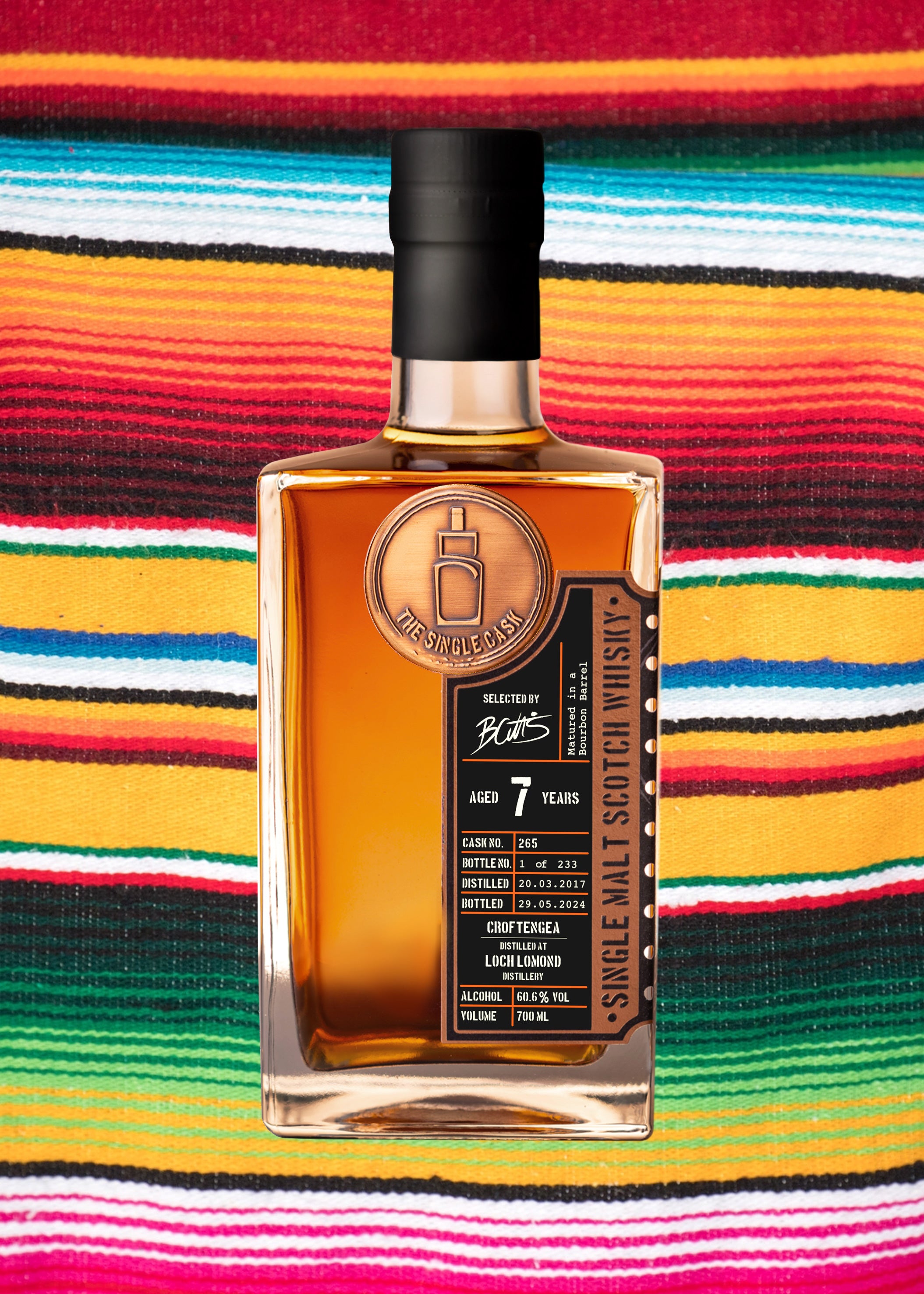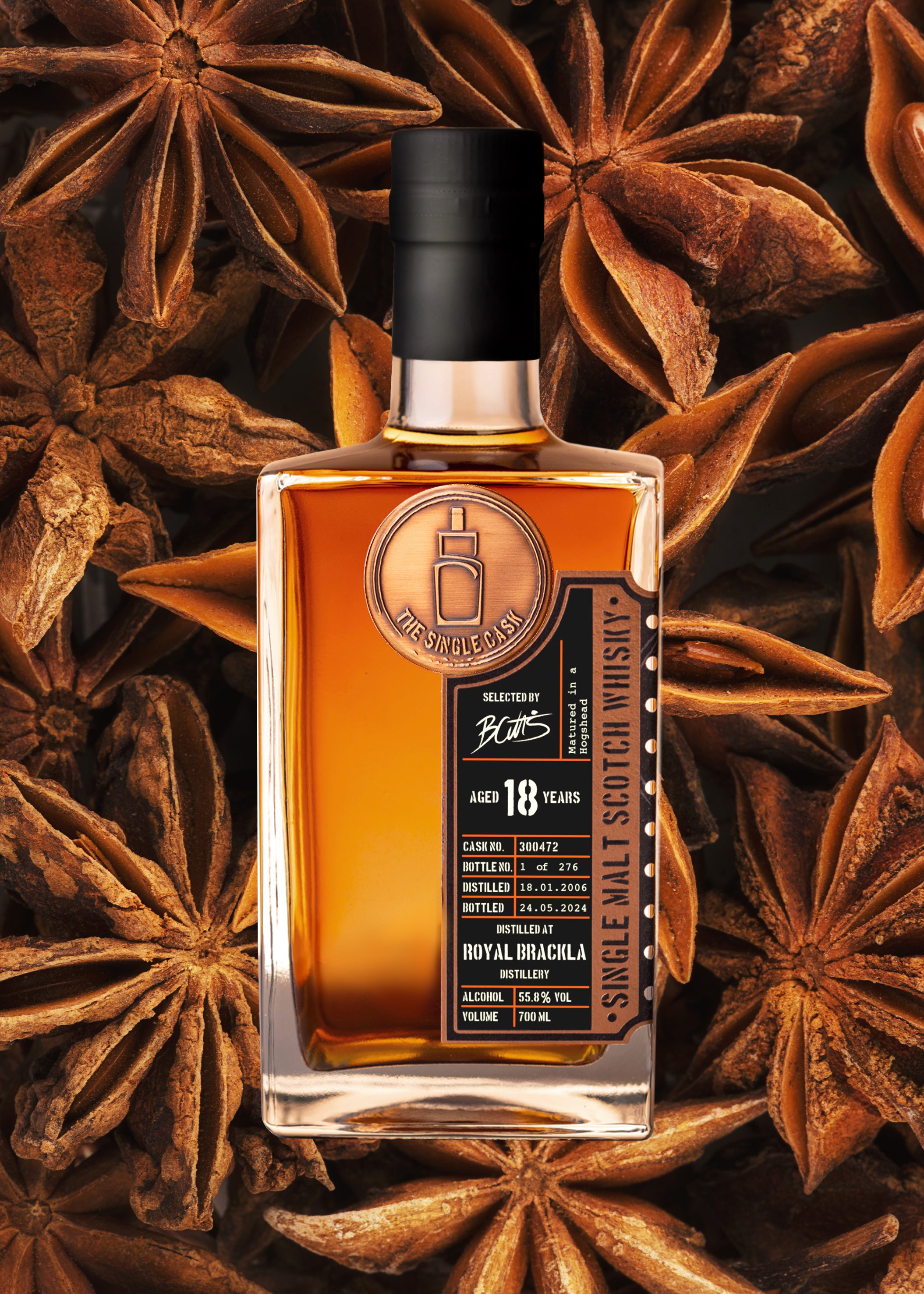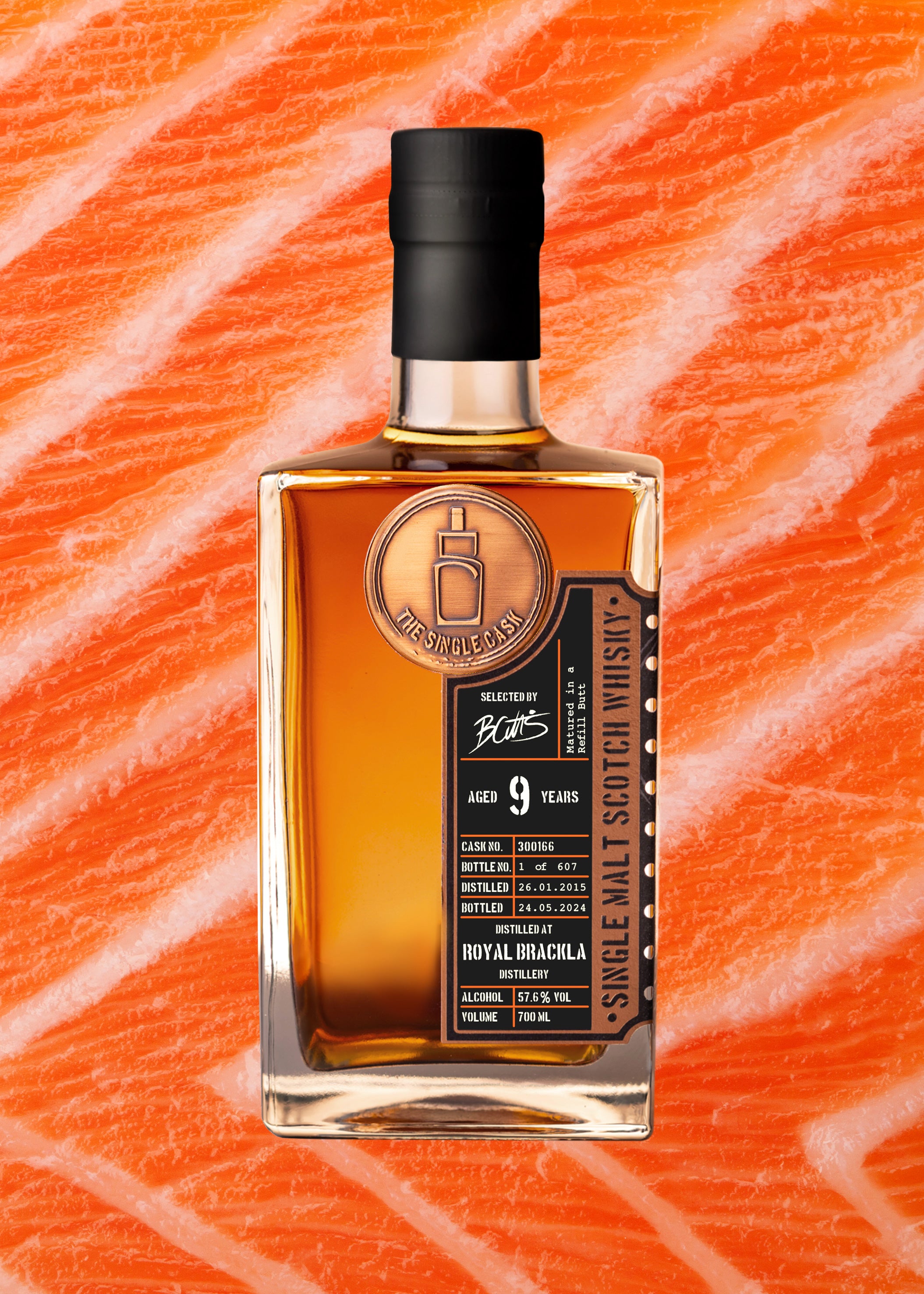About Whisky Regions
Scotland is home to around 150 single malt whisky and grain whisky distilleries that are spread the length and breadth of the country. The distilleries are categorised into five distinct whisky regions of scotch whisky – Speyside, Highlands, Islay, Lowlands, and Campbeltown. However, a sixth region for the Islands is often also included.
Like our Flavour Moods, there was once a time when each of the whisky regions had its own flavour charisma that was typical for that area. For example, Islay is famous for its peated whiskies, and Speyside for its fruity flavours. However, scotch whisky distilleries today create a more diverse range of styles than ever before. We have Islay whisky distilleries producing unpeated whiskies, and Speyside scotch distilleries producing heavily peated whiskies.

So discussing a whisky’s personality based on its geographical location has much less relevance today. New distilleries are also constantly emerging who bring fresh ideas and innovative production techniques.
But it remains helpful to understand the many scotch whisky distilleries by regional location, so here is your complete guide.
Regional Whisky Guide
Located in the Eastern Highlands, Speyside boasts the largest number of distilleries in Scotland. The area takes its name from the River Spey which runs through it, although the area has expanded far beyond its banks. The rise of Speyside as the whisky making capital of Scotland owes much of its success to the Strathspey Railway.
Completed in 1853, ahead of schedule and under budget, the Strathspey Railway enabled coal and barley to be easily transported into this area of the Highlands, and whisky to be exported out. This opened the doors for distilleries in Speyside.
Speyside is home to some of the most well-known distilleries in Scotland, many of which are famous for heir use of sherry casks for maturation. Distilleries such as Macallan, Mortlach, Glenfarclas, and Balvenie all have long associations with sherry casks. Other whiskies that favour a lighter style include the world-renowned distilleries of The Glenlivet, Glenfiddich, Glen Grant, and Cragganmore.
Although Speyside is in the Scottish Highlands it is regarded as a separate are due to its many distilleries. The Highlands, as a scotch whisky producing area, is vast, spanning from Loch Lomond in the south, all the way up to the very north coast. The distilleries of the Highlands are therefore varied in style and spread apart from one another.
Travelling up the coast north of Inverness the most well known Highland distilleries are Glen Ord, Dalmore, Glenmorangie and Brora before arriving at Old Pulteney in Wick. To the east we have Glendronach, Ardmore, Glen Garioch, whilst Blair Athol and Aberfeldy lie further south. The Western Highlands are more limited with Oban, Ardnamurchan, Loch Lomond and the more recently establish Mcn’ean.
Islay is world-famous for its powerful, peaty whiskies that have an irresistible attraction for many. The use of local peat in the malting process imparts a distinctive smoky flavour to Islay drams, often complemented by notes of seaweed, brine, and iodine.
These bold flavours make Islay whiskies highly prized by those who favour intensity and depth in their Scotch. While not all Islay whiskies are heavily peated, the island is renowned for its smoky style.
Although the island is home to just a handful of distilleries, they produce some of the most sought-after whiskies in the world. These whiskies come from famous names such as Ardbeg, Laphroaig, Lagavulin, and Bowmore, plus the recently re-opened distillery of cult status – Port Ellen.
In the 19th century, laws and tax regulations were different for Highland distilleries versus Lowlands distilleries. As a result, the Lowlands became renowned for high-volume production and a lighter style of whisky.
Since the distillery closures of the 1980’s the Lowlands has been home to just three long-standing malt whisky distilleries – Auchentoshan, Glenkinchie, and Bladnoch. But that has changed in more recent years.
Today the Lowlands is home to some of the most diverse and innovative modern distilleries in Scotland, such as The Borders Distillery, Holyrood Distillery, Lochlea Distillery, Glasgow Distillery, and Ailsa Bay.
Once the Whisky Capital of the World with over 40 distilleries, Campbeltown sits on a small peninsula on the west coast of Scotland.
With the establishment of the Strathspey Railway in Speyside and Prohibition in America, this hard-to-reach area that was so reliant on sea trade lost much of its custom and its distilleries began to close. Only three remain in production today – Springbank, Glengyle, and Glen Scotia.
While Campbeltown whiskies can be both peated and unpeated, they are renowned for their unique charisma. Often heavy in oils and with a distinct maritime individuality, Campbeltown is home to some of the most curious whiskies available.
With Islay being considered a whisky-producing region in its own right, the other whisky islands of Scotland can be considered as the sixth whisky region. Spanning from the Isle of Arran in the south west, all the way up to Shetland in the far north east, Scotland’s whisky islands are spread out, diverse, and with their own unique cultures and communities.
The longest established of the Island distilleries are the Isle of Skye whisky from the Talisker distillery, and the Orkney whiskies from the Highland Park distillery and Scapa distillery. While the Isle of Arran Distillers constructed their first distillery over two decades ago, they have more recently built a second distillery on the island.
With many new whiskies coming from other Scottish islands more recently, such as the Isle of Harris whisky, the Island whisky region is growing rapidly.
Scotch whisky regions characteristics
The personalities of whiskies from the different scotch regions is harder to define today than it once was. Each distillery has its own charisma and style that will be unique, regardless of their location. The one exception are distilleries that mature their whiskies close to the sea. In such circumstances it’s common for the whiskies to embody subtle seaside characters or a slight saltiness.

Each individual cask of whisky will also have its own personality. So even two casks from the same distillery that were matured in the same warehouse can taste remarkably different after ten years. This is the thrill of single cask whiskies and why we are champions of individuality and unique whiskies. Each and every cask of whisky has its own charisma waiting to be discovered.
Our Flavour Moods offer a simple and easy-to-understand doorway to celebrating these varied whisky charismas. Understanding the overall mood of a whisky is the perfect way of grasping the whisky’s character, without becoming bogged down in the details of whisky regions and production methods. Discover more about The Single Cask Flavour Moods.
Explore the Single Cask Range
AVAILABLE ONLINE
Take a look at our shop to see the latest whiskies we have available. As with all single cask whiskies they will not be around forever. It’s all part of the charm and excitement of sharing a little piece of magic in each bottle.






